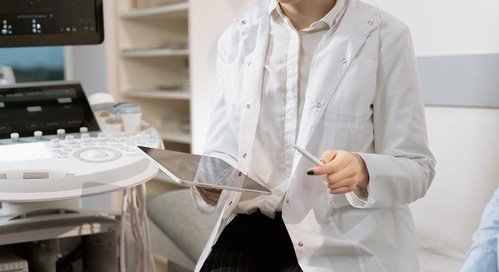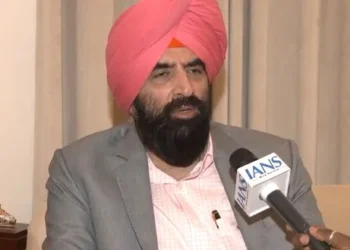Doctors at King George’s Medical University (KGMU) in Lucknow, Uttar Pradesh’s state capital, made a 28-year-old woman ‘die’ for six minutes to ensure her survival, officials said.
The doctors temporarily induced a state of ‘death’ for six minutes during a complex surgery with a technique, known as deep hypothermic circulatory arrest (DHCA), that involves cooling the body to a low temperature, stopping blood flow to all organs and inducing a controlled ‘clinically dead’.
For the first time, such a surgery was performed at a government institution in Uttar Pradesh.
This patient had an issue with her aorta, a major blood vessel responsible for carrying blood from the heart to the body. The problem manifested with a bulge in the vessel’s wall, termed as an aortic pseudoaneurysm.
The patient Vineeta from Ayodhya had undergone double valve replacement surgery a year-and-a-half ago. A month back, she was admitted to cardiology department of KGMU with chest pain and diagnosed with an aortic pseudoaneurysm.
The cardiology and thoracic surgery departments conducted an endovascular intervention and closed the opening of the bulge using a device in the aorta.
Unfortunately, a leak developed within weeks, growing in size and posing the risk of rupture and death. The only viable option was open surgery. However, even a minor injury to the swelling portion could lead to instant death.
The complex procedure took place on August 9, utilising DHCA assistance. A team from cardiac anaesthesia department, headed by G.P. Singh, sedated the patient and inserted a catheter to monitor its brain activity.
Thereafter, the cardiac surgery team, led by S.K. Singh and supported by Vivek Tewarson, made an incision in the patient’s thigh. They connected a tube to her aorta and linked it to a bypass machine to maintain heart and lung functions during the procedure.
Following this, Perfusionists Manoj Srivastava, Tushar Mishra, Debdas Parmanik and Sakshi Jaiswal used a heart lung bypass machine’s temperature control mechanism to gradually lower the patient’s body temperature to a safe 22 degrees Celsius over an hour-and-a-half. At this temperature, the body can tolerate a ‘dead’ state for up to 15-20 minutes. Drugs were given to stop brain activity.
After inducing ‘clinical death’, the cardiac and thoracic surgery teams along with nursing staff managed to remove the aortic pseudoaneurysm and repaired it in just six minutes.
In the next four hours, the patient was gradually revived.
On August 9, she was removed from ventilator and discharged on Friday.























